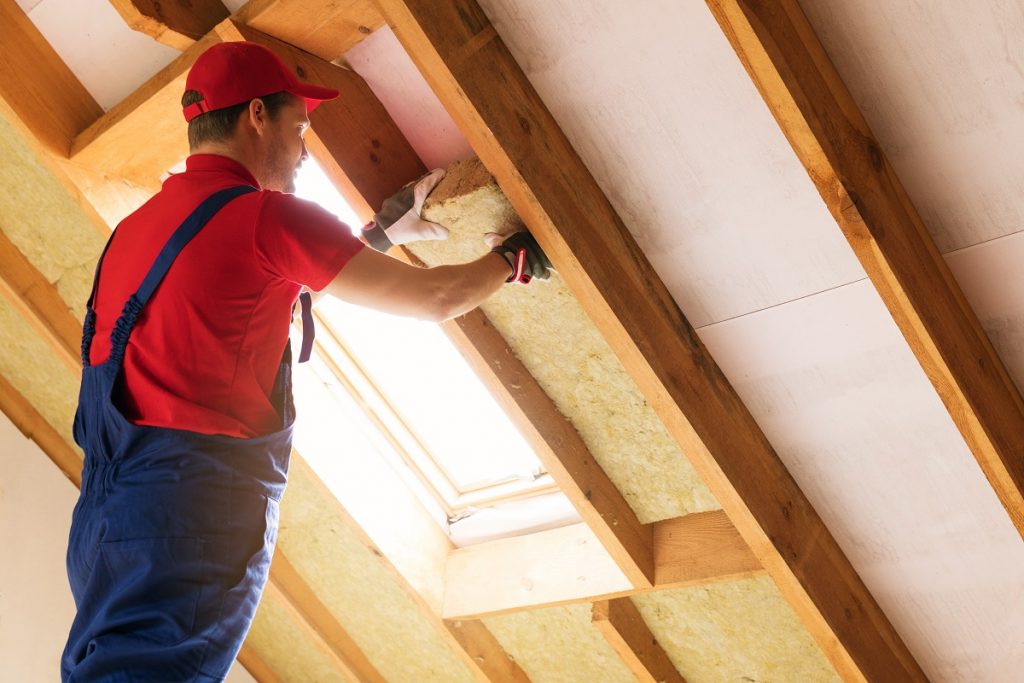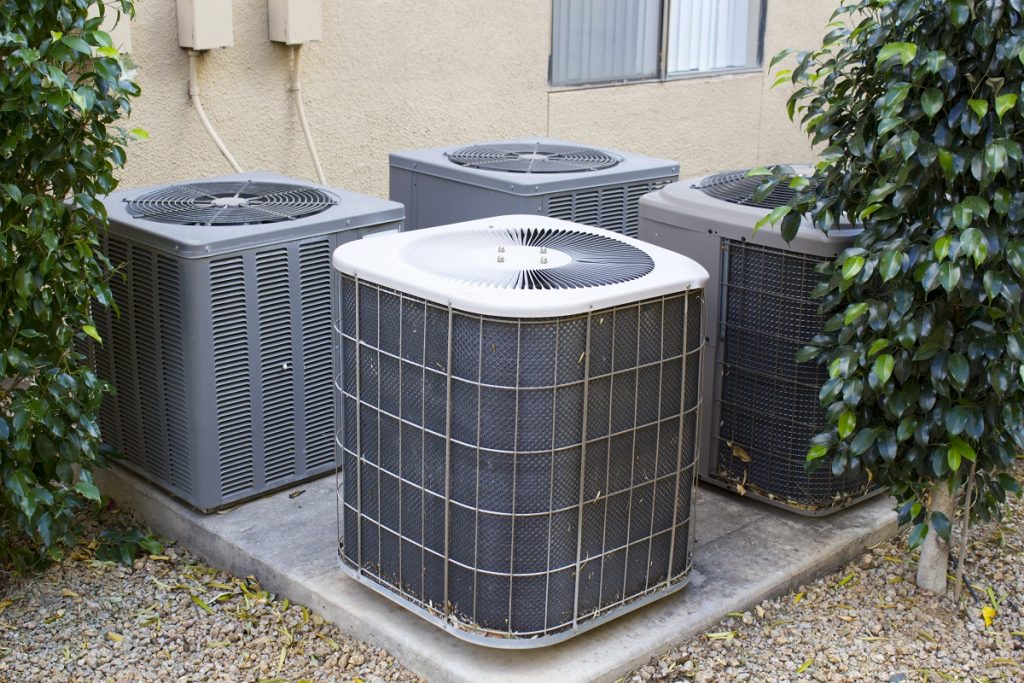Every homeowner knows how frustrating temperature imbalances are — you know, when one room in your house is either excessively cold or hot. For instance, while your family room downstairs is just the right amount of cozy, your kid’s room upstairs is too hot. It is uncomfortable and irritating because you are spending money on central air but then find that it is not functioning properly.
But instead of overworking your system or breaking the thermostat, you need to find what is causing the temperature imbalance so you could resolve it. Hire the services of experts in plumbing services, such as All Hours Plumbing and HVAC.
Leaky Ductwork
Your ducts could lose airflow of up to 30% due to leaks. Even the tiniest leaks could negatively impact the airflow in your entire home because of ducts that are poorly insulated. Additionally, larger leaks like those from loose joints could eliminate airflow entirely to rooms in the farthest sections of your home.
Inaccurately Sized HVAC or Ductwork
In the event that your HVAC or ductwork is not the right size for your house, you’d be hard-pressed to attain the airflow you’re looking for. Aside from leading to temperature imbalances, this could likewise result in damage to your HVAC system. During winter, inadequate airflow could lead to the evaporator coils of your HVAC system to freeze, while during summer, your HVAC system could overheat and break down.
Naturally Rising Heat
In the standard two-story house, there is approximately an eight to 10 degree difference in temperature between the first floor and the second floor. This is due to the heat that naturally rises from the lower and higher level, which leave the rooms upstairs hotter than the rooms below.
Rooms Far Away From the Cooling or Heating Unit
Rooms closest to your cooling unit or furnace would naturally receive most of the conditioned air. That being said, rooms that are farther away receive less airflow, which in turn leads to these rooms not being evenly cooled or heated.
Improper Insulation
 While this is most common in older houses, in most instances, thin walls and poor insulation could have a negative effect on the home’s overall temperature. If your house fails to retain cool air or heat, you would just end up spending more money and wasting energy.
While this is most common in older houses, in most instances, thin walls and poor insulation could have a negative effect on the home’s overall temperature. If your house fails to retain cool air or heat, you would just end up spending more money and wasting energy.
Thermostats Work Best in the Specific Room It’s Installed
Thermostats function best where they are installed. For example, if your thermostat were in the living room, once your living room reaches your desired temperature, your entire system would shut off automatically to prevent overheating your home. This would occur whether the rest of your house has reached the same temperature as your living room or not.
As you could see, many different things could cause temperature imbalances. You just need to figure out what is causing it because the most suitable solution for your case would depend on the cause — whether due to the configuration or your system or specific environmental factors. Get a professional inspection to determine what is causing the temperature imbalance in your house.

